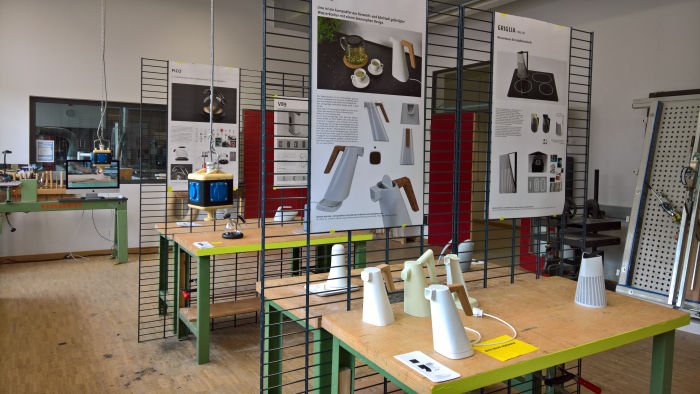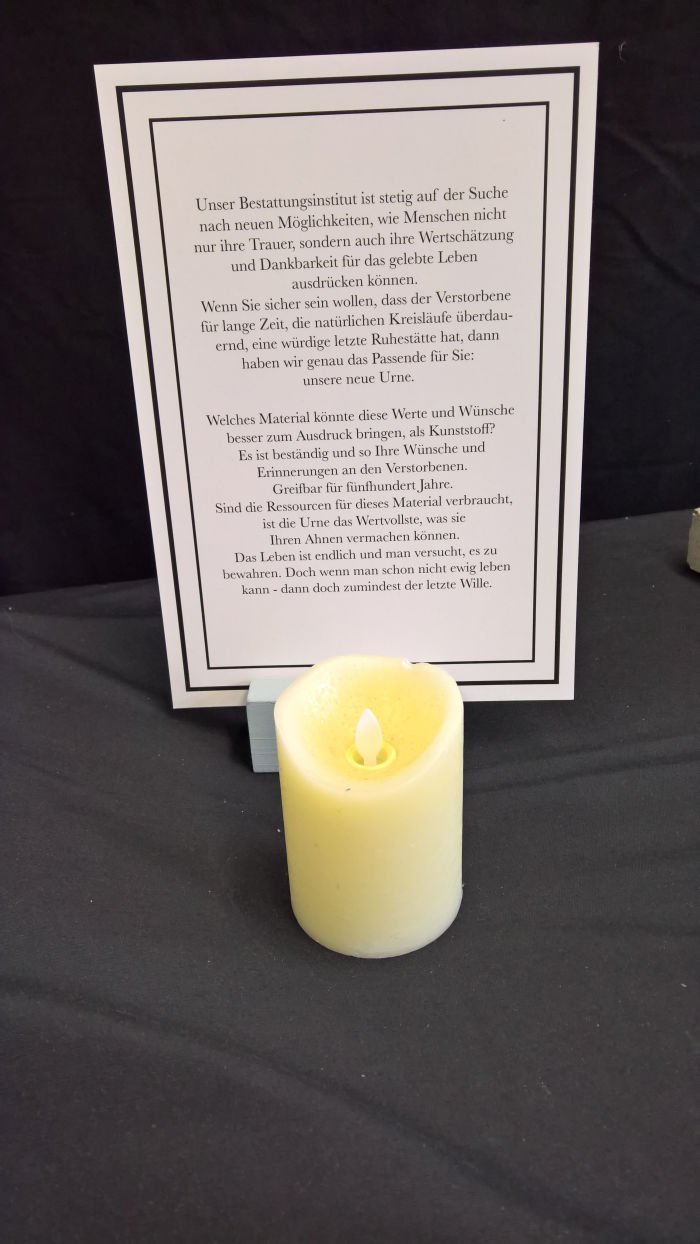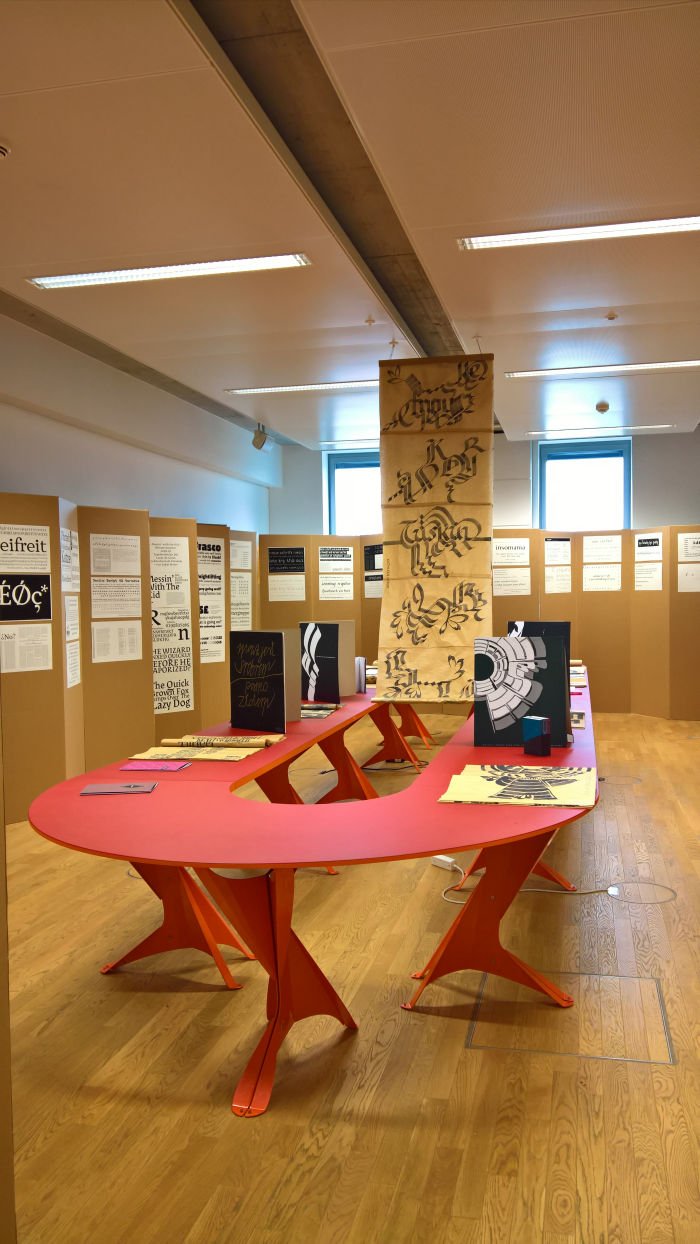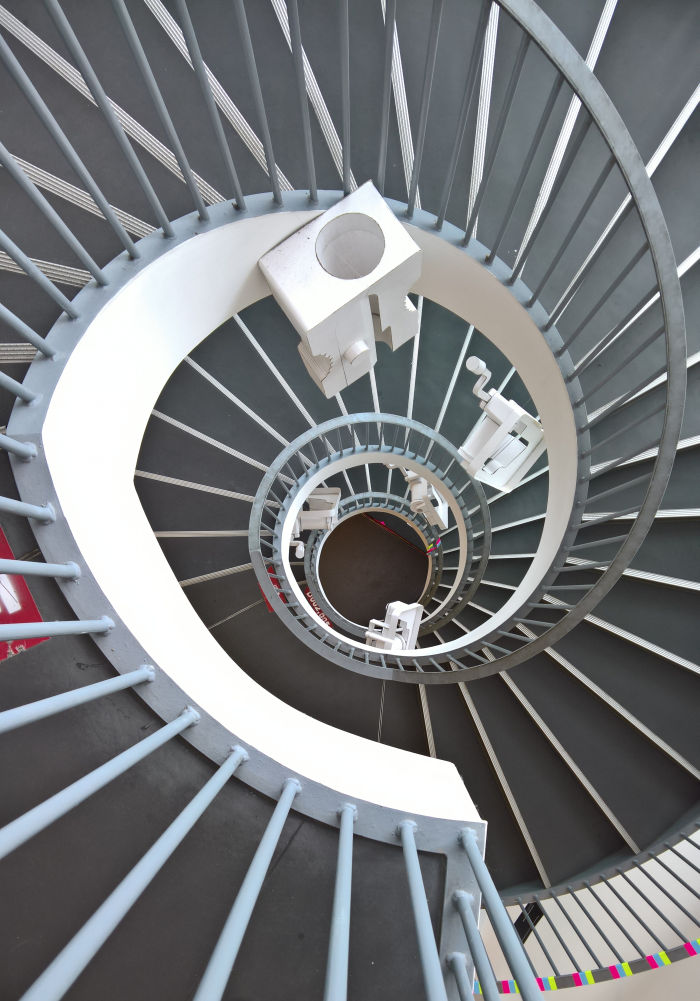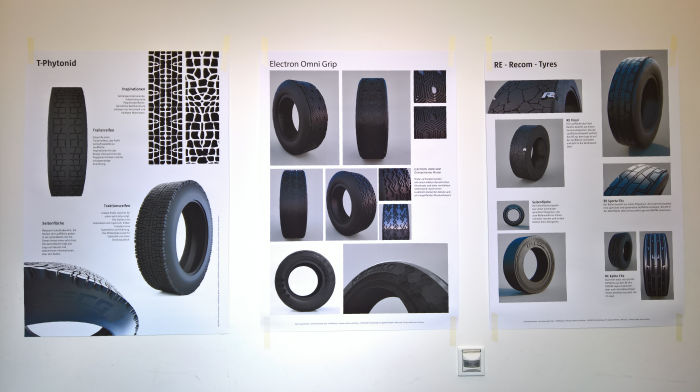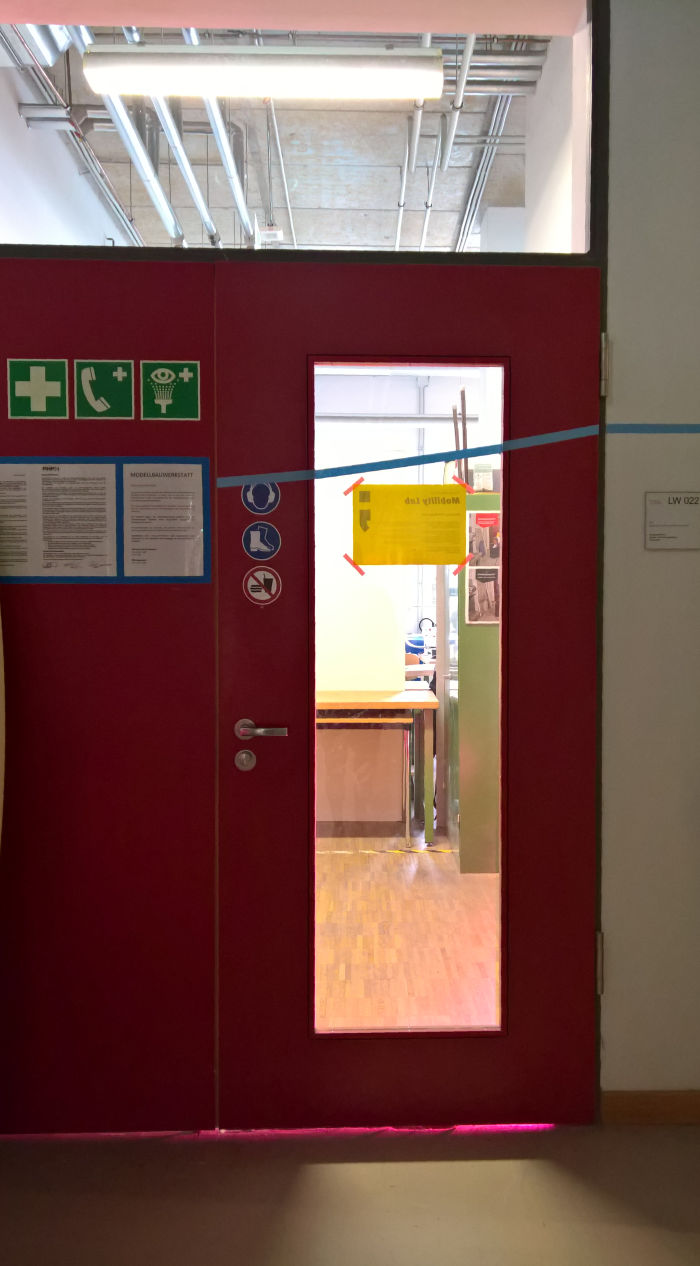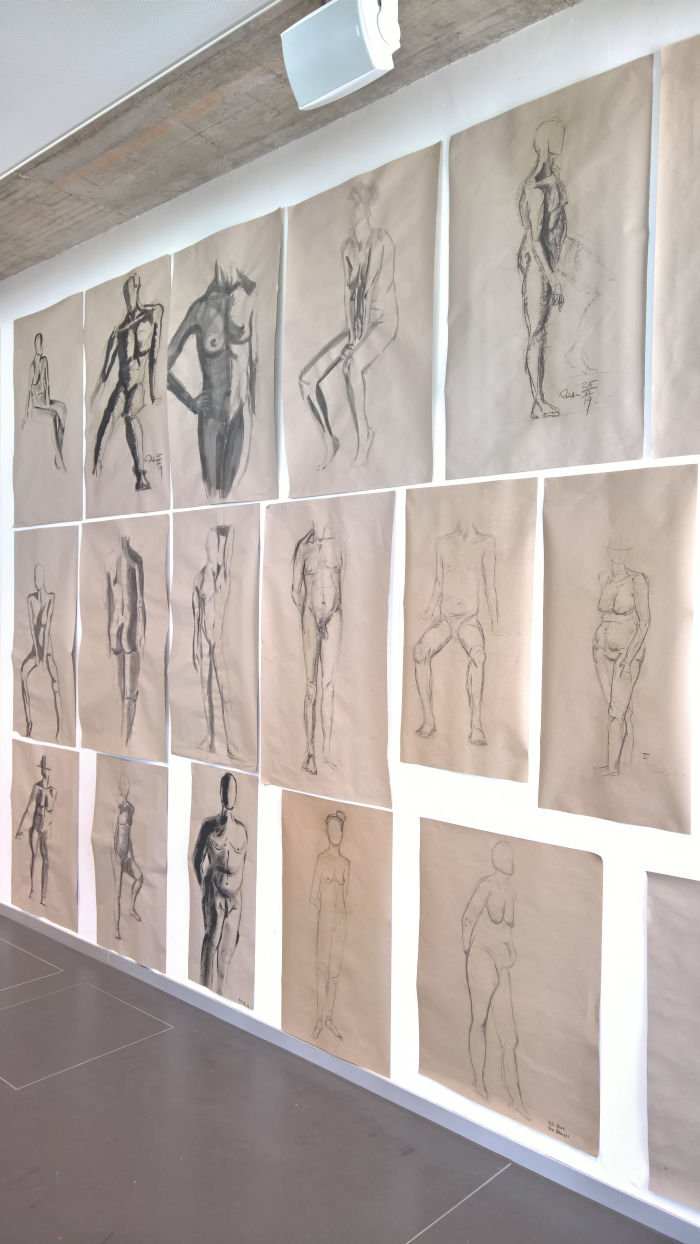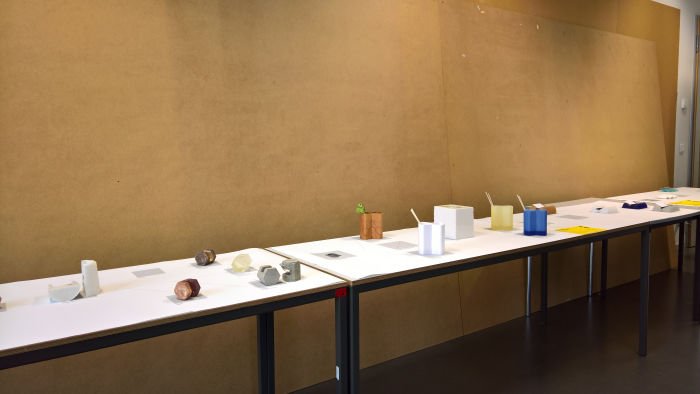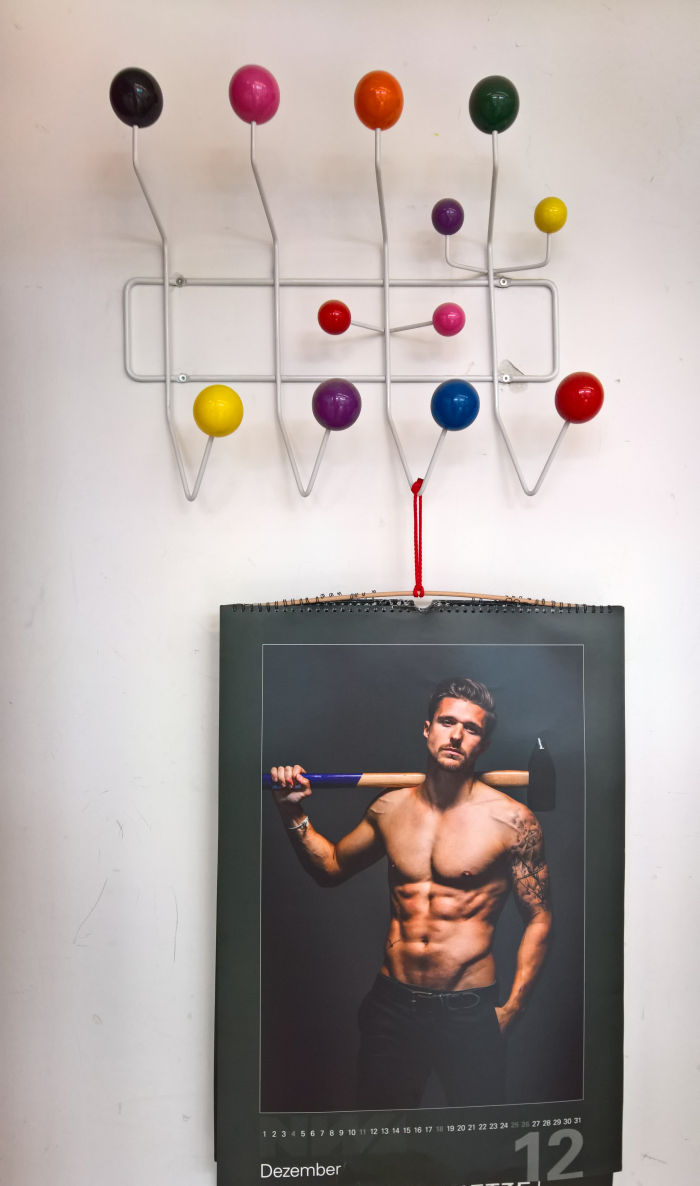Partly for reasons of its size, and partly on account of the way the then nations of the contemporary Germany responded to the challenges and realities of late 19th/early 20th century industrialisation, Germany is home to a truly outrageous number of architecture and design schools, certainly more than it would be logical, prudent or congenial to pack into one post.
And so to save your nerves, and our fingers, we'll present the German leg of our 2019 #campustour via a series of regional postings, starting in and around the German capital.
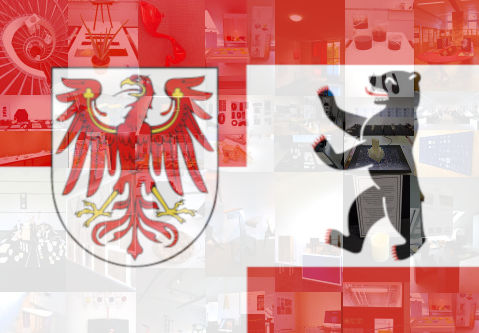
Although legally and formally two separate States within the German federal system, technically Berlin and Brandenburg are one and the same, and would also legally and formally be so if there wasn't the question of Berlin's debts: 60 billion reasons why Brandenburg prefers to remain as free as a red eagle soaring high above swamps, sand and dark pine forests. Yet historically they were one and the same, and in that guise contributed greatly not only to the development of European politics, economics, culture and science, but also to European architecture and design.
Among the most important contributions, arguably, being those made by the Prussian architect, designer, urban planner, painter, et al Karl Friedrich Schinkel, who not only contributed buildings such as Berlin's Altes Museum, Schauspielhaus or Friedrichswerder Church, and also much of the furniture and fittings therein, but who for all through his response to the limits placed on him by the paucity of the imperial budget, and the thereby enforced material, structural and ornamental reduction of his otherwise representative, monumental works, helped pave the path that led towards international modernism: practically and theoretically. When, for example, Mies van der Rohe and Walter Gropius worked for Peter Behrens in his Babelsberg office the latter would take them on walks to Schinkel's Potsdam creations, to, one assumes, we weren't invited, works such as Schloss Charlottenhof, the Nikolaikirche or Schloss Glienicke, and where Behrens would elucidate on what he appreciated about Schinkel and his approach. Le Corbusier similarly using his short tenure in Behrens' office to closely study Schinkel's oeuvre. And much as Behrens' adapted and evolved the work of Schinkel to his own time and his own understanding of architecture and design, so did his young employees to theirs: the lessons from Schinkel et al being added to by those from Behrens and his contemporaries. And thus have the generations of architects and designers since expanded and evolved understandings of and approaches to architecture and design; each new generation having the advantage of the understandings and positions of the generations before them and therefore not only lessons learned but the freedom to use or ignore that which they feel is best suited to their age.
In that spirit.......
The annual Kunsthochschule Berlin Weissensee, KHB, Rundgang is traditionally a mix of semester and graduation projects, and the 2019 Rundgang saw no reason to deviate from that tradition. Pleasingly. Traditions don't have to be good, but can be.
Amongst semester projects ranging from elementary, early semester, projects concerned with, for example, the fundamentals of geometric forms to more specific, later semester, course such as, Hidden Helpers which challenged students to develop autonomous aids, or High Tech x High Touch which explored smart, interactive concepts in context of, somewhat invariably, coffee preparation, coffee in some form or other being compulsory in all design school syllabi, two particular highlights for us were the presentation of the KHB's Greenlab's Circular City projects and the gloriously named Crowdfood - Krautfunding.
Established in 2010 as an interdisciplinary platform exploring and developing sustainable process and products, the Greenlab 2018 project focus asked students to investigate materials flows in Berlin and consider possibilities for making current linear flows more circular, investigations undertaken with a range of partner institution's such as the TU Berlin's Institute of Biotechnology, the Leibniz-Institute of Freshwater Ecology and Inland Fisheries or the Department of Bioprocess Engineering at Berlin's Beuth University. And investigations which produced interesting considerations on subjects as varied as, and amongst many others, the use of mosses to cool dense urban environments, combining textile industry waste with fungal mycelium to form a new material, possible uses of toilet paper salvaged from sewage, and the use of microbial pigments for dying, printing, etc....one of several considerations on microbial pigments we met during our 2019 #campustour
Aside from being the most glorious term, Crowdfood - Krautfunding, explored possible high-tech approaches to making the catering at the KHB better adapted, more responsive, to the realities of campus life: which is a very logical thing to do, if you have design students on your doorstep, why not make use of them, let them demonstrate their talents in shaping their own environment before being let loose on ours, if you will, Designer, heal thyself. In addition to an all too predictable number of apps for things that one feels could be more easily achieved by talking to fellow students in the corridor, which of course can't happen because everyone's checking for updates on apps proposed by design students to encourage more social connection and cohesion, iApp therefore I am, Crowdfood - Krautfunding also presented the results of a survey undertaken amongst students on the current cafeteria and catering provision, and which amongst other interesting points discovered that only 7% are happy with the coffee. There wasn't enough information to make any qualified comment as to how representative the survey was, but the 7% does put the High Tech x High Touch projects in a new context: what value technology if the result leaves a bitter taste?
Amongst the graduation projects our attention was particularly caught by Ralph Zähringer's Masters project FOAM which concerned itself the production and formal aesthetics of ceramic foam; Enzo Zak Lux's considerations in his Interactive Colour Laboratory on the role and function of colour in design; Alissa Wolter's Moodable, a folding pendant lamp where the folding and unfolding results in changes to not only the field of illumination but the brightness and temperature of the emitted light and thus allowing for an intuitively interactive product; while with Focus Dario Jérome Dammé considered, essentially, meat-free barbecuing and developed a pleasingly formed device, one clearly inspired, in a very positive sense, by the tajine, and which would appear to allow for a range of cooking and food preparation operations, albeit not for the frying of a falafel. We trust that will come in a future model
In addition the 2019 Weissensee Rundgang allowed for a very pleasing wiedersehen with three exhibitions: New textile worlds in a creative context at Wasserschloß Klaffenbach Chemnitz and table talks — Tischgespräche at the Kunstgewerbemuseum Dresden which both featured works by Weissensee students and Shaping everyday life! Bauhaus modernism in the GDR at the Dokumentationszentrum Alltagskultur der DDR, Eisenhüttenstadt, whose exhibition design was conceived and realised by Weissensee Visual Communication students. And thereby a trio which neatly underscored how active the KHB is outwith its own corner of north-east Berlin.
Further information on the Kunsthochschule Berlin Weissensee can be found at www.kh-berlin.de, and information on all graduation projects at www.kh-berlin.de/projekte.html
Further information on the Greenlab can be found at http://greenlab.kunsthochschule-berlin.de/
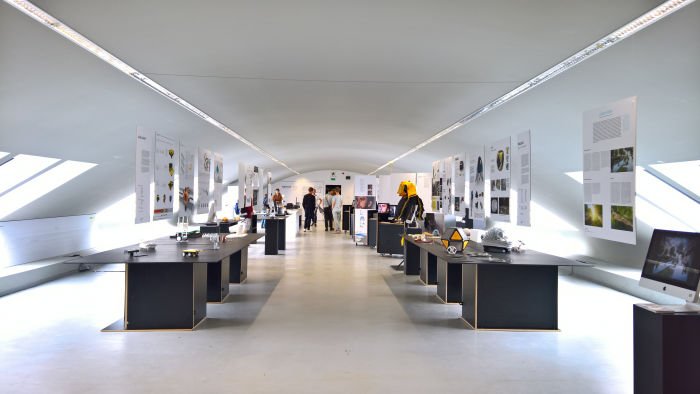
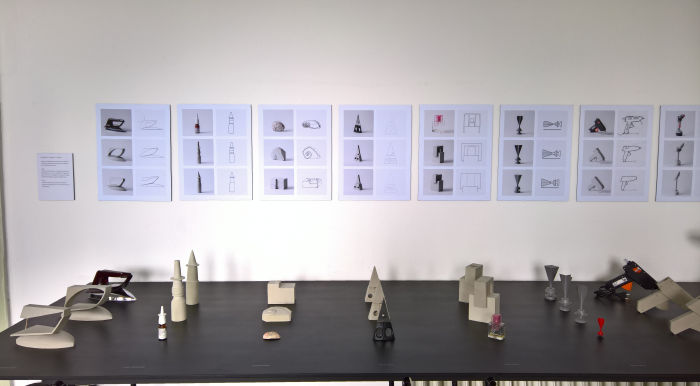
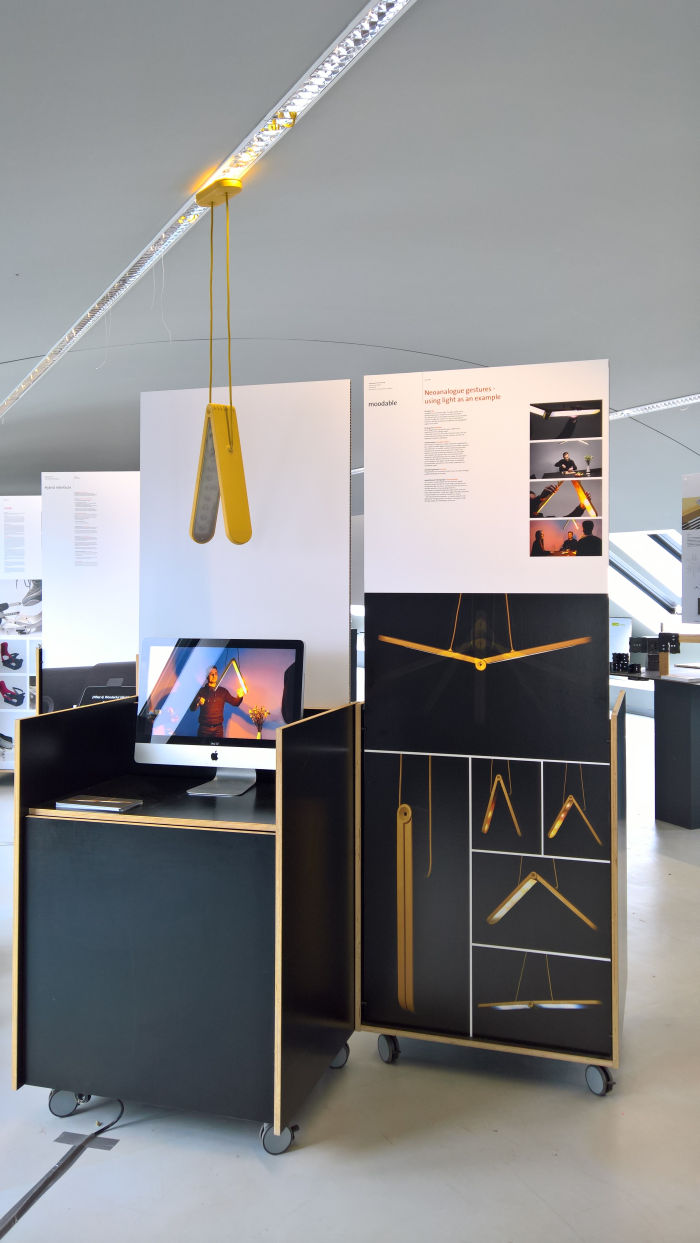
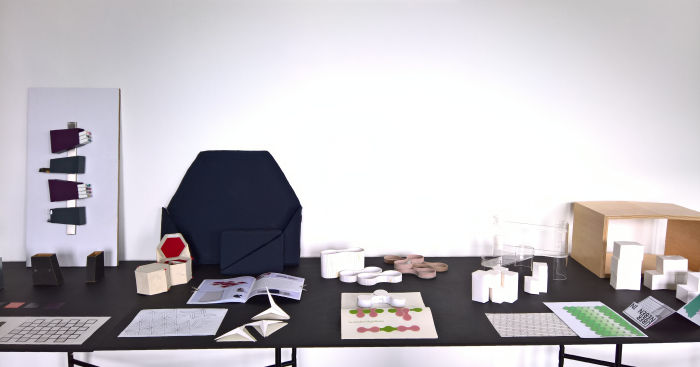
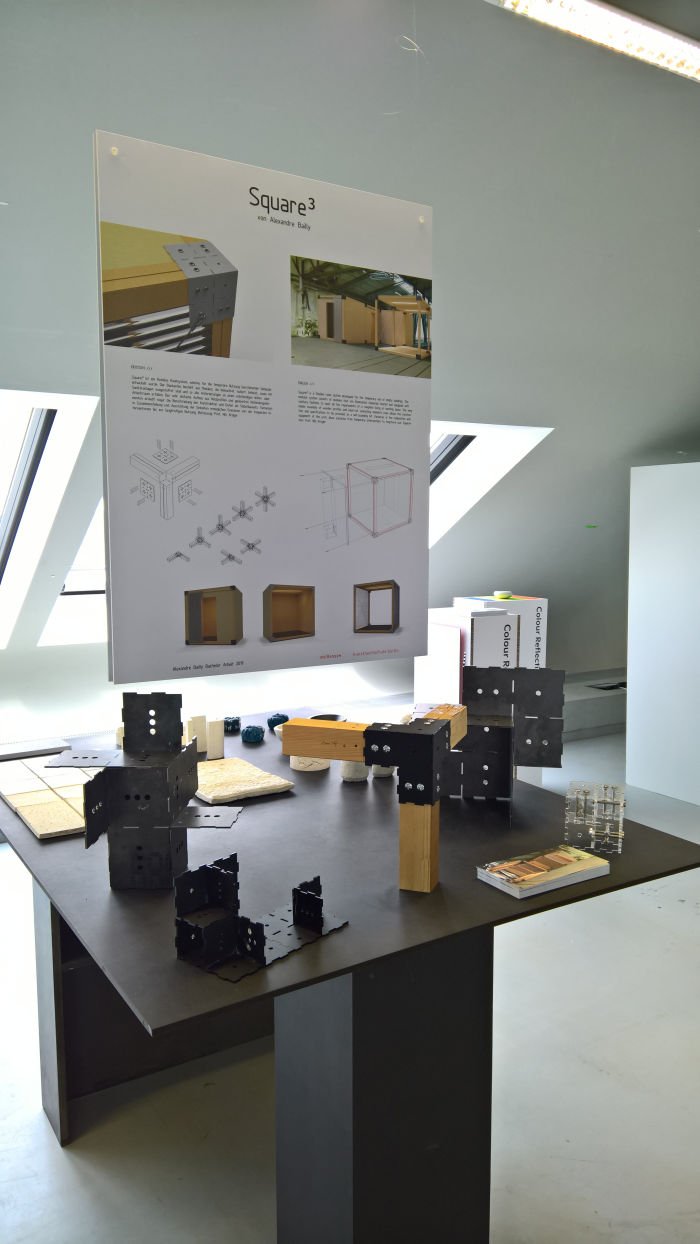
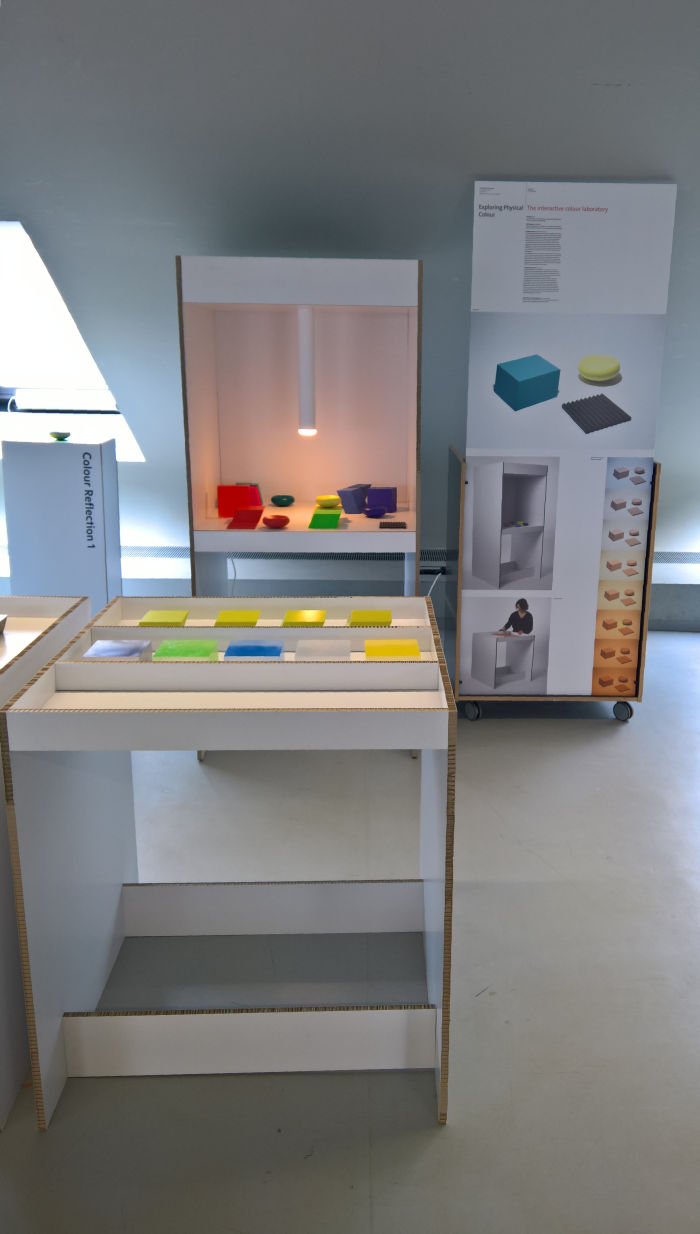
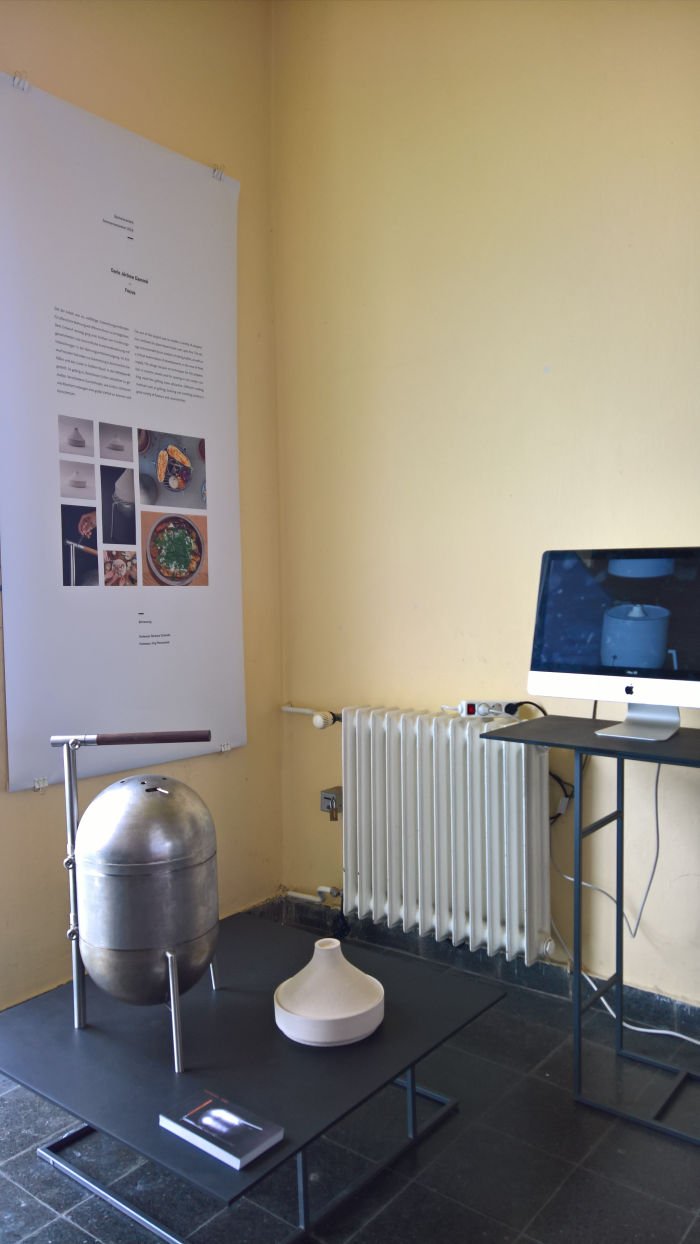
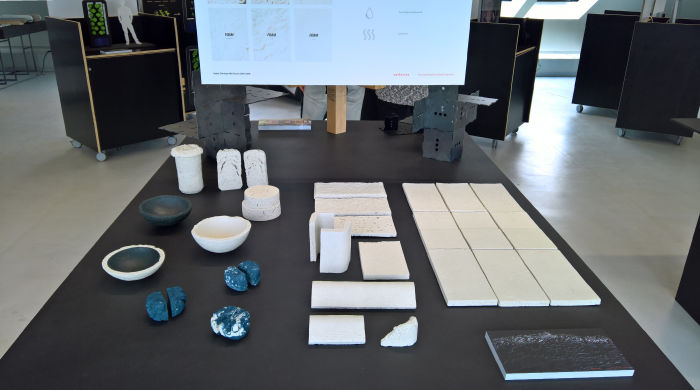
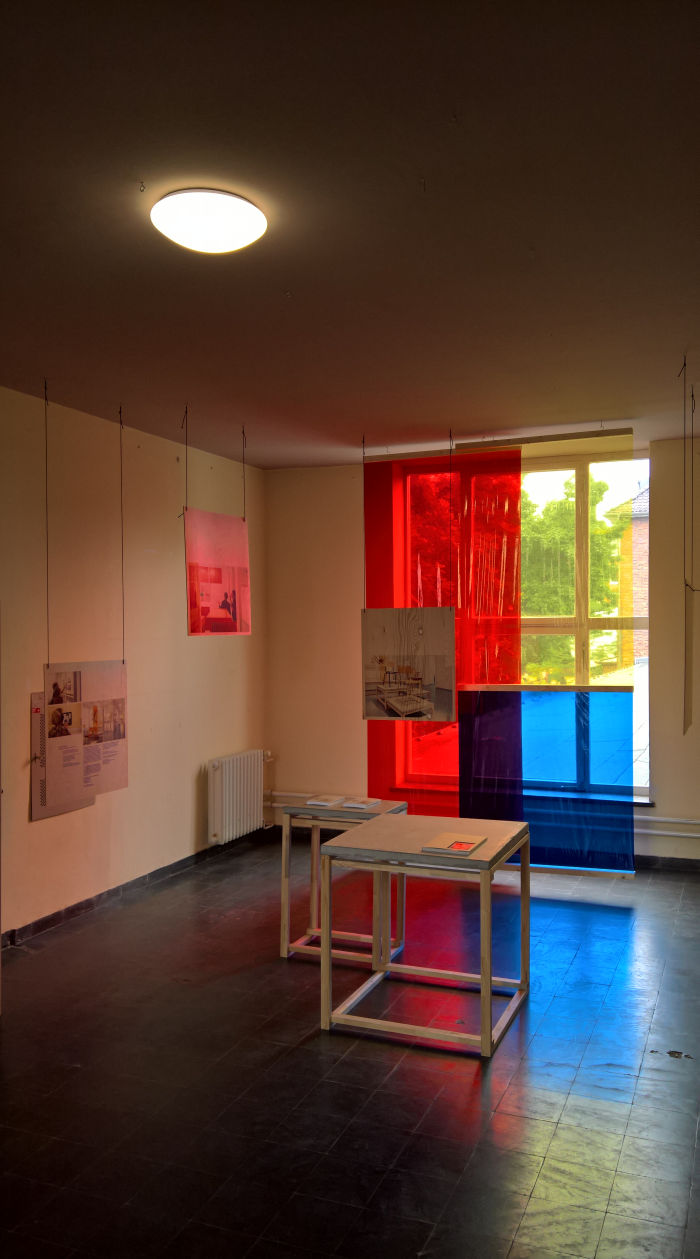
As we've noted before, and suspect we will again, there is a pleasing familiarity about the layout of the annual Universität der Künste Berlin, UdK, Rundgang: it's not always exactly the same classes in the same rooms, but if you take the same route every year through the design department's HQ on the Straße des 17 Juni, you'll see everything.
Doing such in 2019 took you to, amongst many other classes, Superply in which students experimented with the proprietary plywood Grada: yes on the one hand a nice bit of promotion for Finnish company UPM and their product Grada, but it is also important that students are exposed to new materials and processes, whether proprietary or generic, and utilising the specific properties of Grada the UdK students developed both a number of interesting, tangible products, including chairs and table trestles, and more abstract material studies which indicated possible, interesting tangible directions. Properties of a different kind were utilised in the project Thinkers Paradise in which students were challenged to transform a 1 sqm piece of sheet steel into a "location for concentrated reflection and contemplation", featuring a seat and table, and from which we were very taken by Freiluft by Oskar Bigalke and Neïl Benhidjeb which offered a great of degree of variability within a very constrained brief and Kodomo by Esmée Willemsen which via the most audaciously simple system allowed the seat to be stowed and thereby allowing for a charming piece of furniture for all manner of spaces including libraries, offices, bars or homes, where we can imagine it working very well in a hallway, if you will as a return of the telephone table of yore.
Further along the corridors, Inspired by Bauhaus presented ceramic objects inspired, not only by Bauhaus, but by Berlin's Königlichen Porzellanmanufaktur, KPM; the 2nd semester Basislabor explored possibilities for improving conditions and facilities in the design department's HQ; while in Standard students considered, well, standards, and employed standards of all kinds to create projects which, as the course description noted "could be far from standard." Many were, we'd argue, standard, or perhaps better put represented the sort of result one would have expected from such a course, which as ever isn't a complaint, it's the process that's important in such classes not the result; however our attention was particularly caught by Kamea Devons' proposed flat-pack, presumably modular, playground conceived for refugee camps but which would appear to be equably applicable for short-term use in regions which have suffered from some form of natural disaster and where normal life has been disrupted.
Fluid as our movement through the 2019 UdK Rundgang was, we did spend a disproportionately large amount of time with the results of the class Alchemistics by and with Annika Unger, Anja Lapatsch and Prof Axel Kufus, which, and very much like previous attempts to turn base metals in gold, asked students to consider naturally occurring and/or from waste harvestable materials as alternatives to contemporary plastics. Considerations which proved considerably more successful than those of the 15th century and produced results as varied as RDW, a mix of rice husks and dextrin, by Tim Schöder; Si E904 by Valentin Bufler which combined sisal fibres with shellac; or Sang Durci from Paulina Heinz, a variation on the sawdust/animal by-product composite, specifically a 2:1 mixture of pig blood and sawdust. And thus, yes, a project which demonstrates a very logic and practical use of blood that would otherwise (presumably) not only go to waste but require resources to dispose of it, if a composite that is not only going to be problematic for all vegans and vegetarians out there, but presumably Jews and Muslims. We're neither Iman nor Rabbi, we know no, but. Then there was Daniel Tratter, who found a subject with which we could directly associate: chewing gum. Being as it is the most important tool in our box. Apparently some 560,000 tonnes of chewing gum are consumed annually worldwide, and of which some 560,000 tonnes ends up as amorphous splodges on pavements. Yet as Daniel points out the component materials of chewing gum, for all the petroleum based ones, can be salvaged, recycled and, as he demonstrates, used as a material. In addition to considerations on contemporary gum, Daniel also reflected on a proto-gum chewed by the neolithic alpine hunter Ötzi, essentially propolis, a mix of bee saliva, beeswax and various botanicals, and thus not only a product still naturally available to us today, but in many regards a much more sustainable and healthier sounding form of chewing gum. The earworm Ötzi gave us being notably unhealthier.
Round the corner from the main design department building the UdK's Designtransfer centre hosted a presentation of Product Design Bachelor graduation projects, including Holz und Wasser - Wood and Water - by Niklas Böll which, essentially, saw the later used as a conduit to form and adapt the later; the construction toy Wurm Werkstatt by Katharina Bellinger which aside from the scale of, and the variety of, constructions it allowed featured a satisfyingly intuitive connection system which is as much a functional component as a constructive; while with the magnificently titled piPE Marie Scheurer primarily re-imagined the female public convenience, for all in terms of enabling contactless use, but also posed the very obvious question, why doesn't the waste water pipe from toilet sinks always run through the toilet? No, why not..........!?!?
Further information on the Universität der Künste Berlin can be found at https://design.udk-berlin.de/, and information on all Bachelor graduation projects at https://design.udk-berlin.de/produktdesign-ba/absolventen/
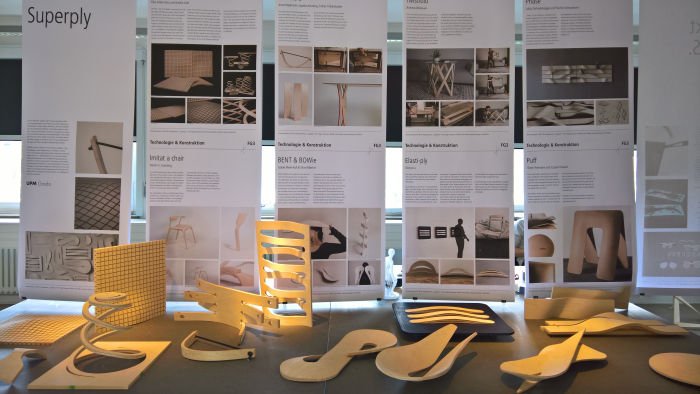
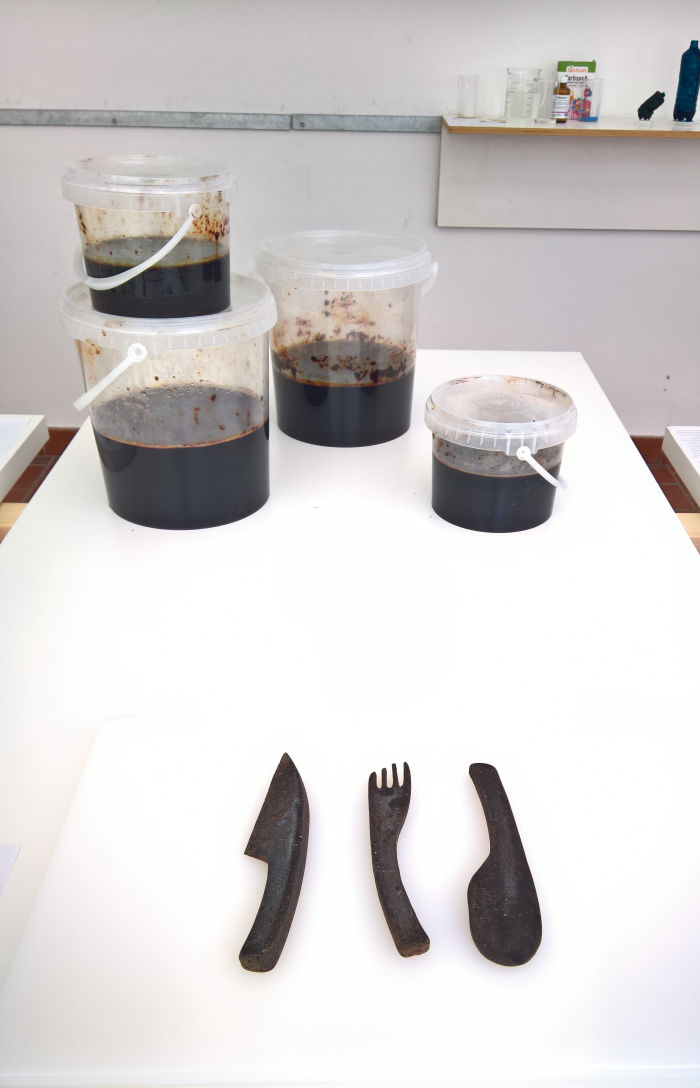
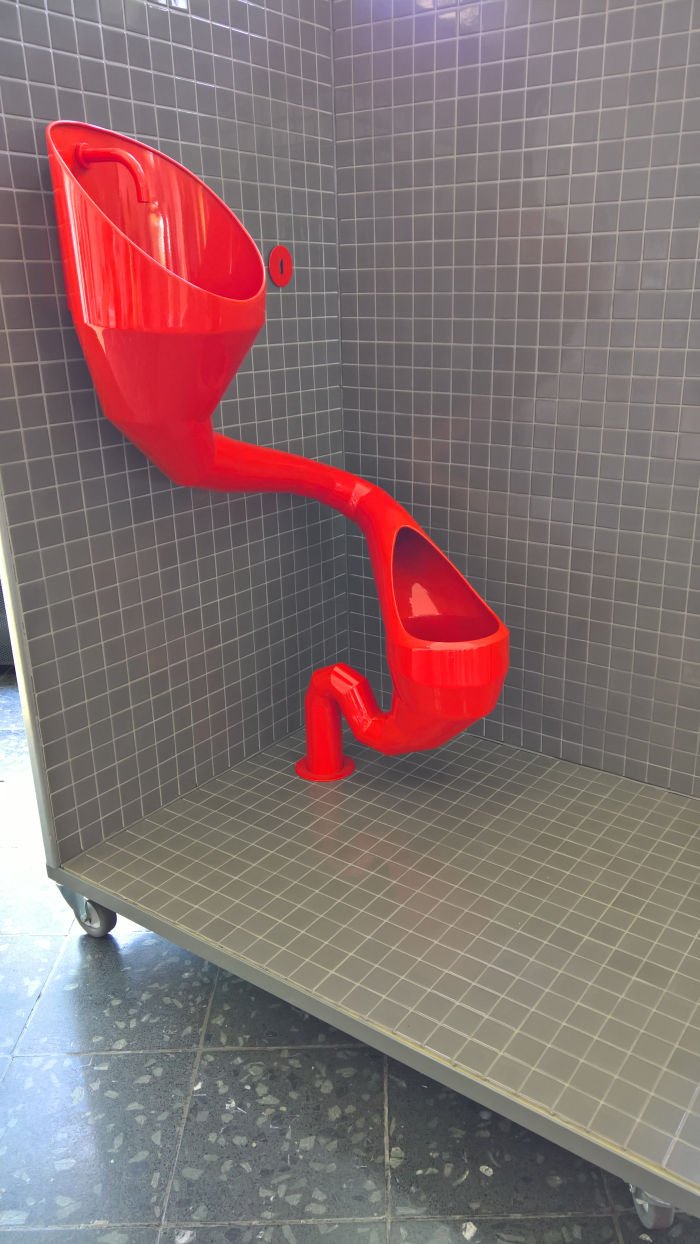
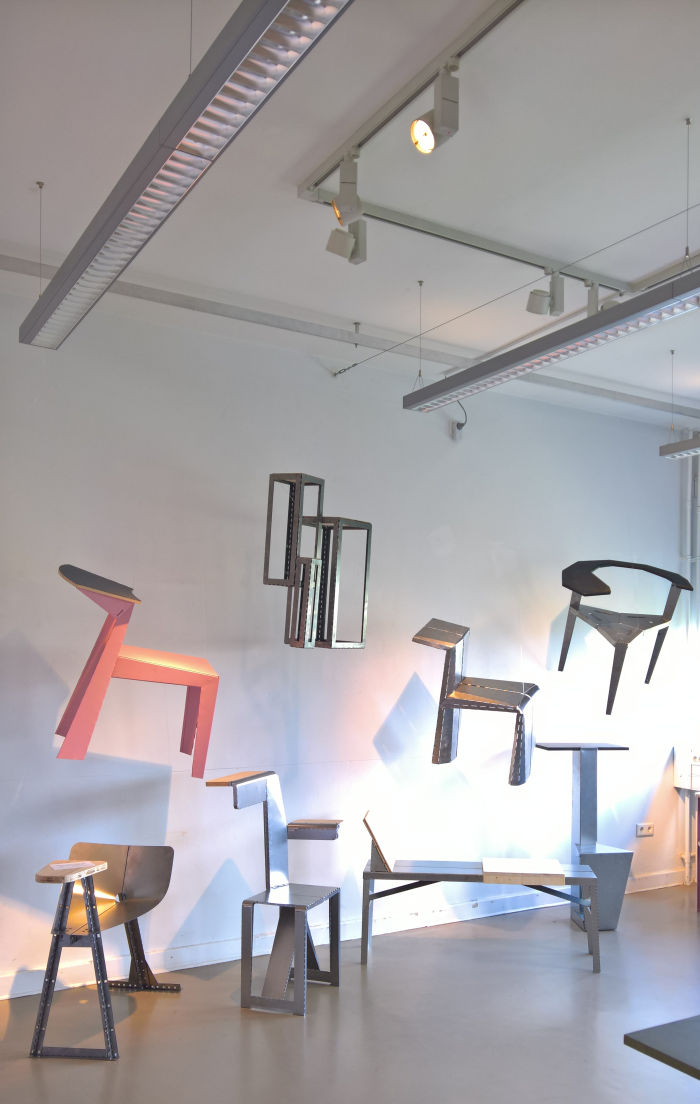
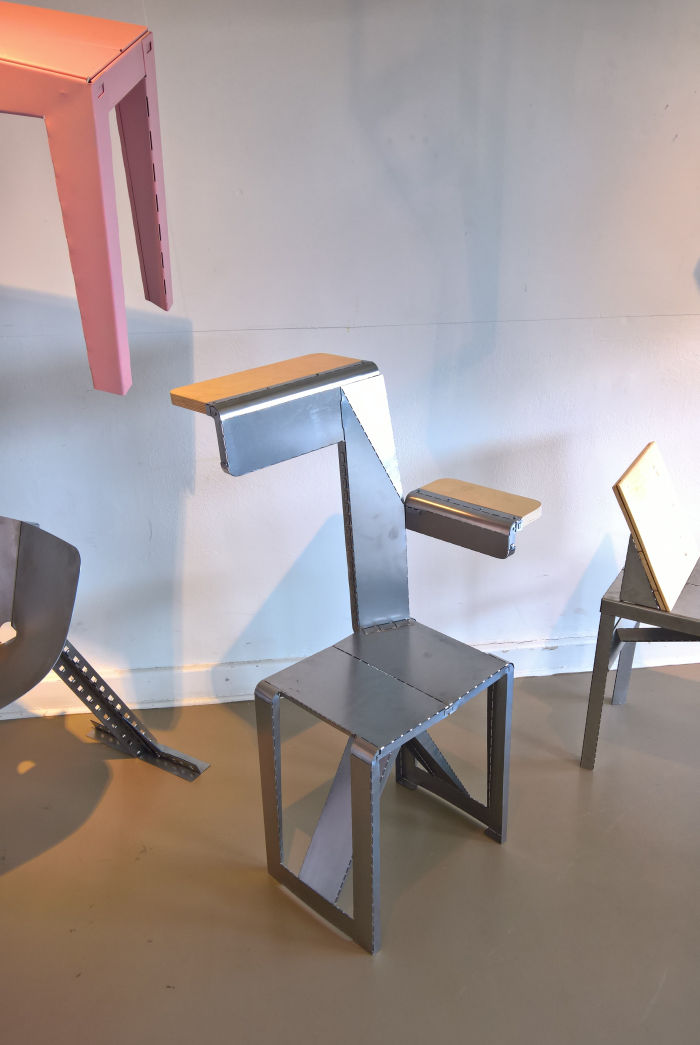
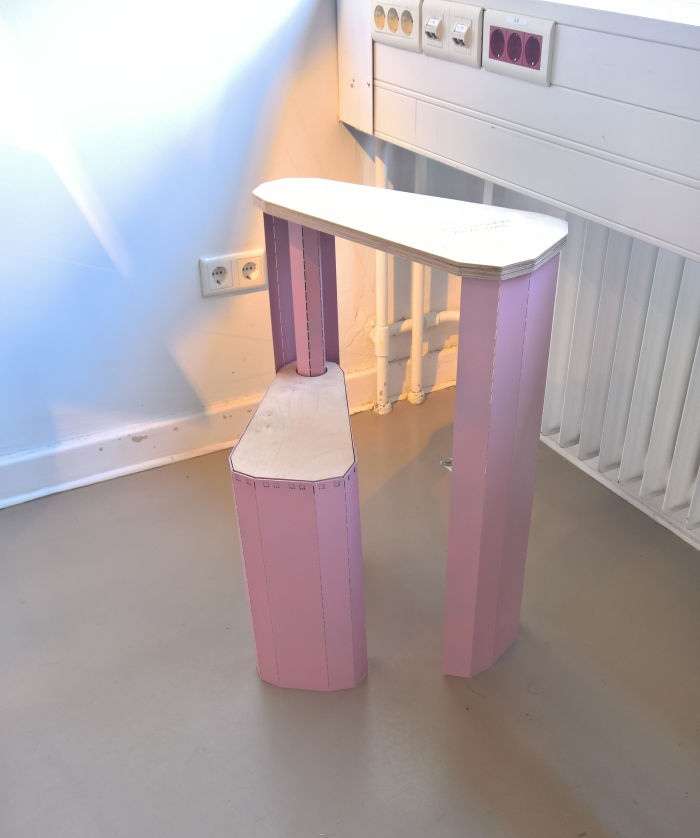
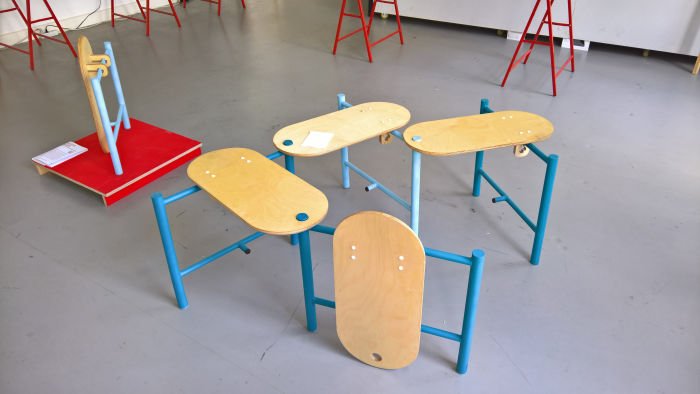
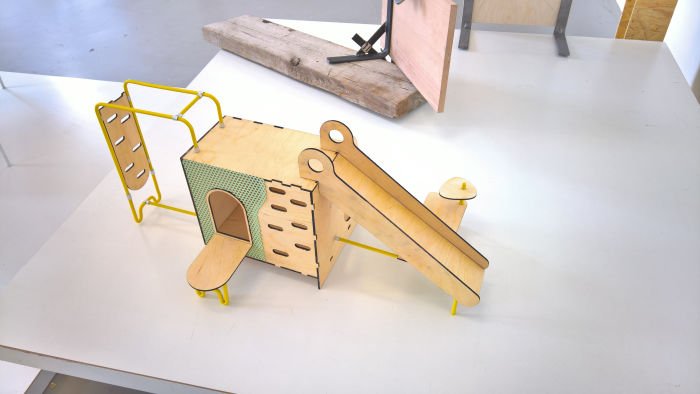
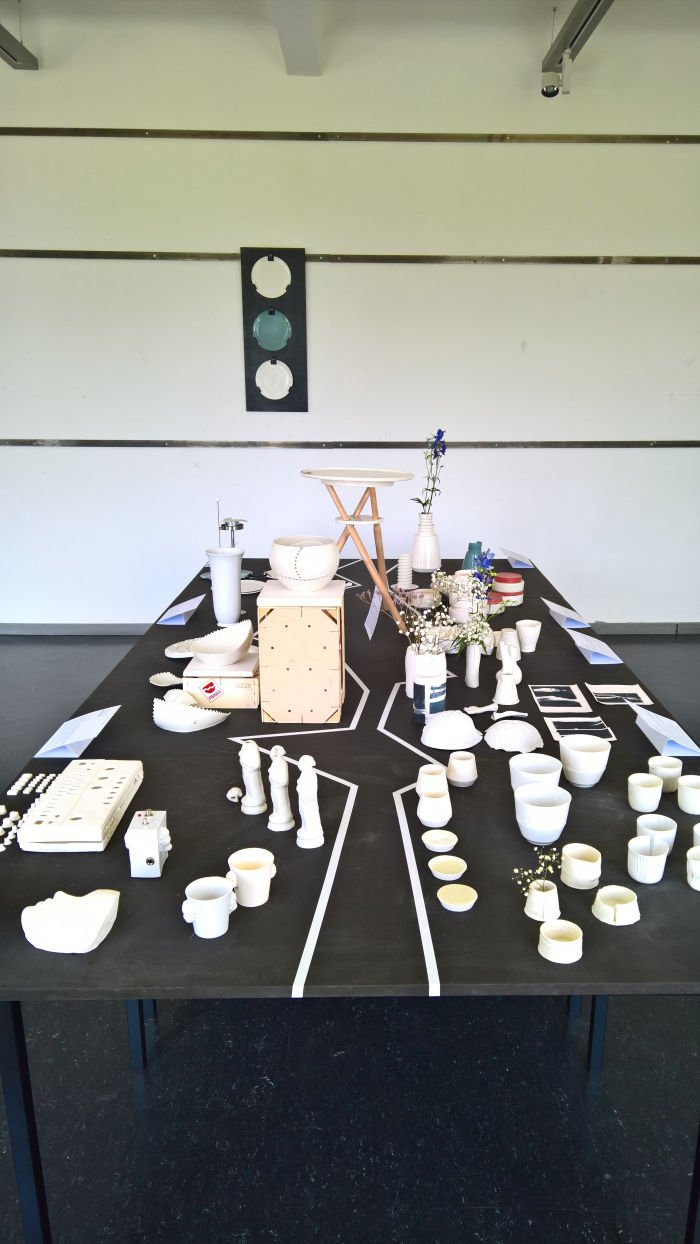
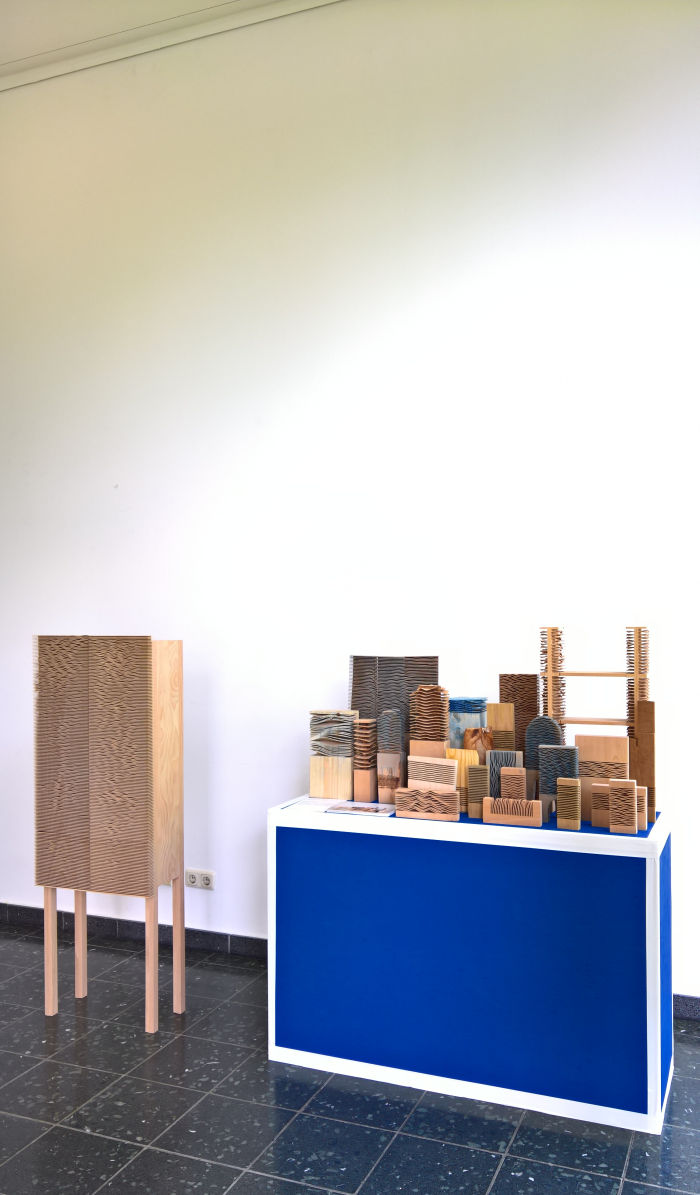
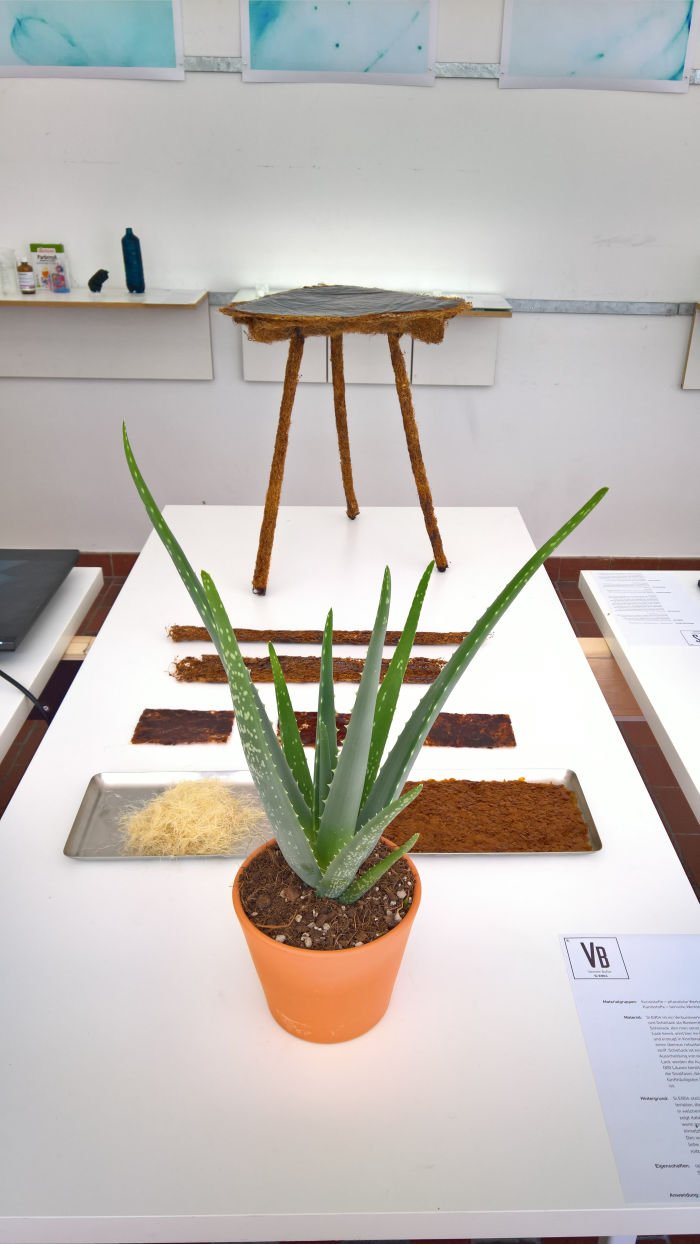
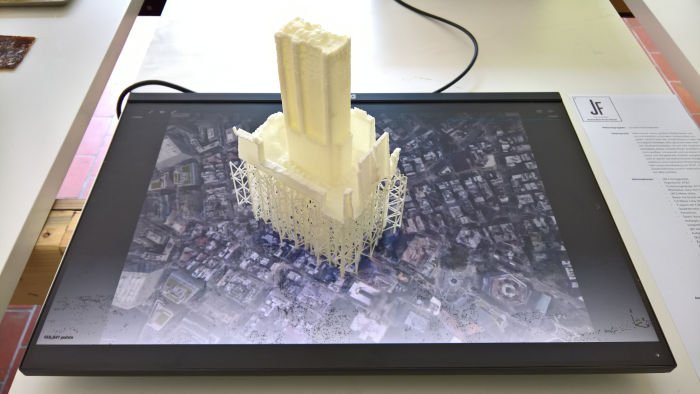
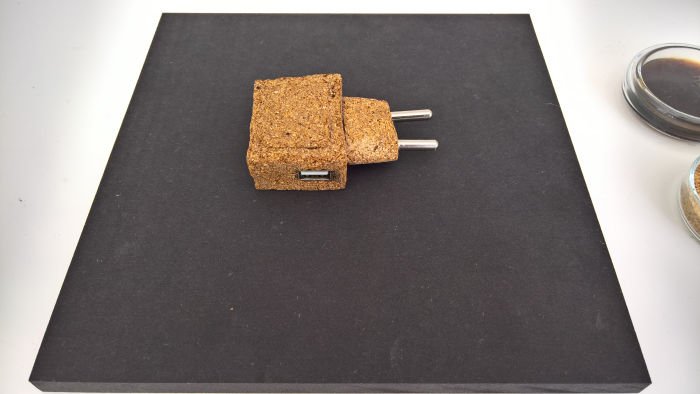
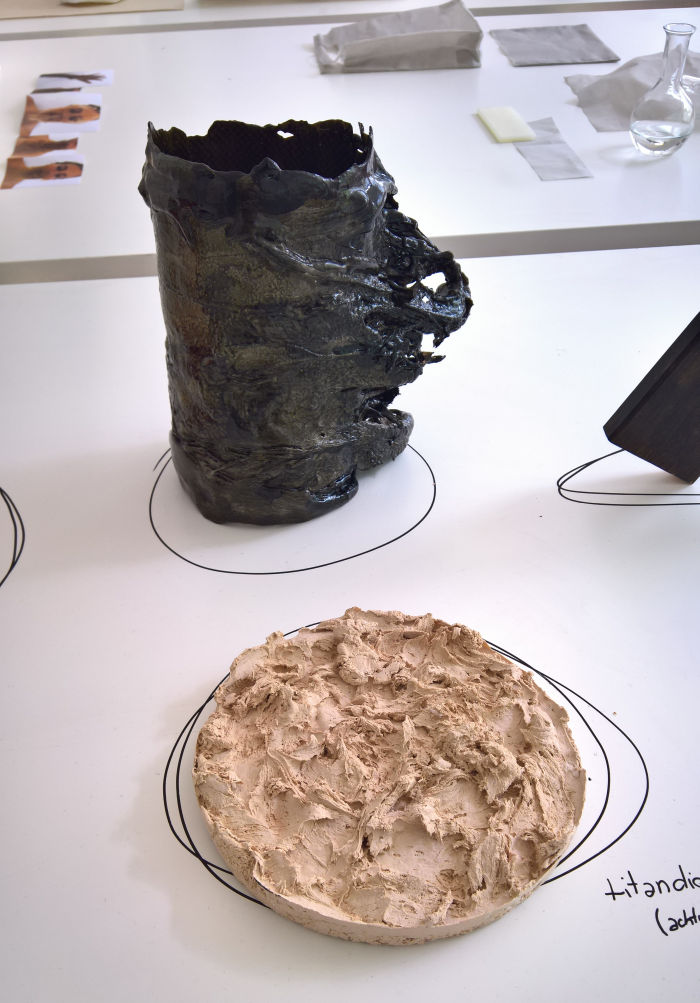
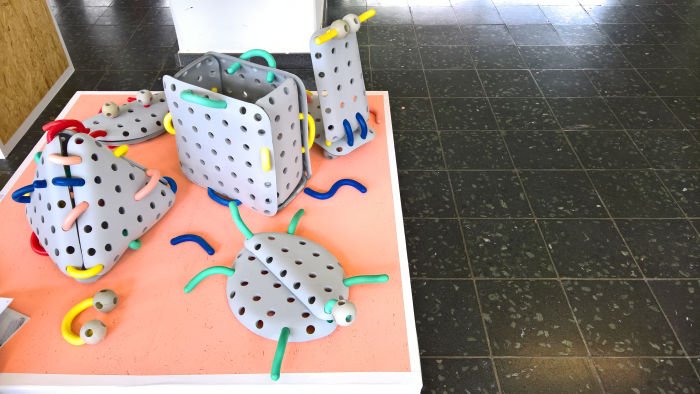
It's been a couple of years since we last made it to the FH Potsdam's, FHP, Werkschau, simple timetabling issues, and in that period the areal around the FHP has evolved from the agrarian to the oppidan. We're not saying it used to stand alone in an uncharted wilderness, but it was never urban. Sadly the powers that be haven't used the opportunity supplied by the enforced, rapid expansion to experiment with urban planning and domestic architecture in the way, for example, the inter-war powers in Frankfurt, Vienna or indeed Berlin with estates such as Britz, Siemensstadt, Onkel Toms Hütte, et al once did. Instead, and as throughout Potsdam, housing blocks have simply been erected as quickly as possible. And still only barely meet the demand generated by those fleeing Berlin's overheated housing market. A mass movement that tends to indicate building ever more houses in Potsdam can't be the solution, that a more joined-up Berlin/Brandenburg approach is required, not just to solve the housing problems but the senseless overcrowding on the train between Potsdam and Berlin........ But we digress.......
The principle focus of the FHP's 2019 Werkschau was, as the name implies, the results of the numerous semester classes from across the school's programmes, from introductory courses such as Deconstructing Bauhaus which asked students to reflect on Bauhaus in a 3D object, or the Life Drawing class, Potsdam being very one of only very few design schools that still include the artistic study of the human form in their syllabus, to more specific classes such as the Product Design course Mobility Lap which sought innovative, future orientated urban transport solutions. Did it produce any? We no know. The room was locked. With no indication as to why. Which isn't a state of affairs we not only refuse to understand, but increasingly refuse to quietly accept. As will become (very) clear in a coming post from a little further south. And in one from a little further north. Locked doors and non-existent projects are a regular feature of any design school exhibition, we've experienced thousands over the years, and clearly there are always valid, logical, irrefutable reasons why a room is a locked or a project absent: but surely, even today, a piece of paper and a pen must be close enough at hand to allow the creation of a brief note explaining why, and when/if it can be viewed. Just locking a door makes it look like you don't care. We're sure you do. But..... And despite our disfavour of and annoyance at such situations, ultimately it's us who don't care: we want to see the projects, always do so with an openness and the genuine hope there is something with which we can engage, but if no-one is interested in presenting them, then we skip on to the next room...
....and where we found projects such as the Industrial Design class Tables which ably demonstrated that table design is a branch of furniture design with an awful lot of potential, yet one that is doomed to play second fiddle to chairs; the combined Communication/Product Design class Stranger Things - Prototyping Inconvenience which asked students to "design functionalities and interaction that are cheeky and challenging rather than comfortable and convenient", to, if you will, take the passivity out of our interaction with objects and thereby forcing the students to focus on the comfortable, convenient and passive in our interaction with objects; while the class Wasser Kochen with and by Julia Läufer and Johannes Cremer asked students to consider "The kettle between function and representation", which is certainly a new way to consider something more normally to be found between toaster and sink. And which resulted in a pleasing collection of kettles between the conceptual and the technical.
Equally as pleasing was the class Die Sache mit dem Plastik by and with Christian Rühlmann and Prof. Holger Jahn, a neatly ambiguous title, the numerous possible definitions of the word "Sache" allowing it to be understood as "The thing/business/concern/question with plastic" and which produced a number of interesting projects including Xiaotong Xiong's re-imaging of the humble yoghurt pot with the aim of creating something not only more user friendly, but which encourages a more responsible disposal and recycling, and Alma de Andrade Sanderink's plastic urn, on the one hand a reflection on the inherent value of plastics, not just in terms of their component materials but in respect of the service they have provided mankind, and something that is often overseen in that most throwaway of materials, but also plastics longevity: plastics will last forever, for an eternity, and thus what better material for storing the remains of a loved one? There is, one senses, a parody, an implicit criticism, inherent in the proposal. But one we like(d) very much.
Plastics' longevity also being something, as we noted in our post from Spaces at ADAM Brussels Design Museum, previous generations of designers didn't fully appreciate, and a "discovery" which neatly underscores not only that we as species are nowhere near as clever as we like to claim we are, but the importance of architects and designers learning from previous generations, practically and theoretically.
Further information on the FH Potsdam can be found at www.fh-potsdam.de
